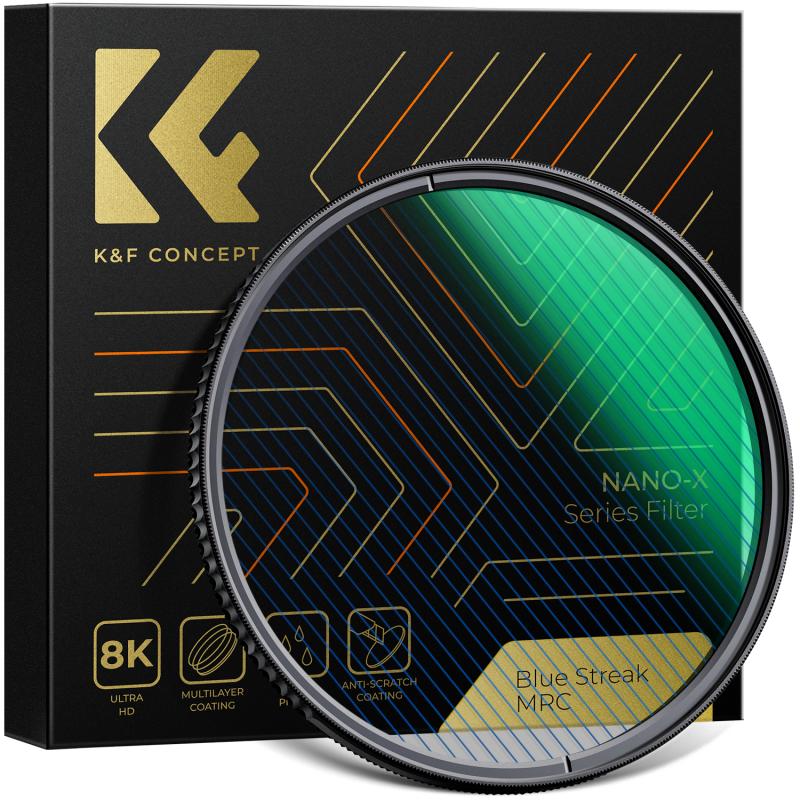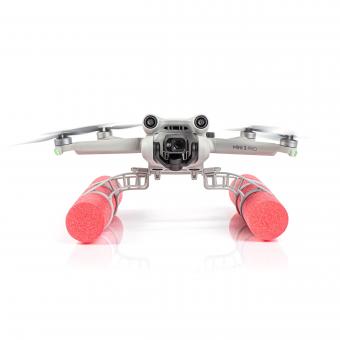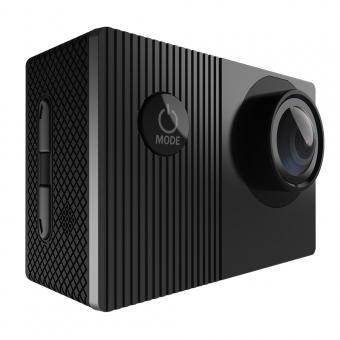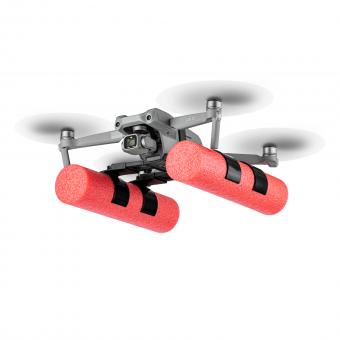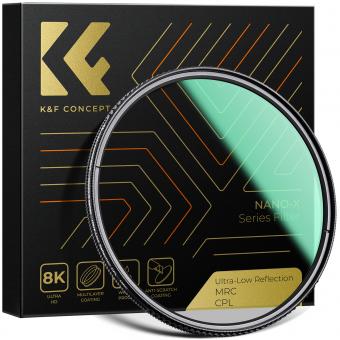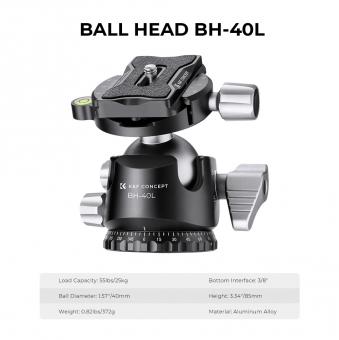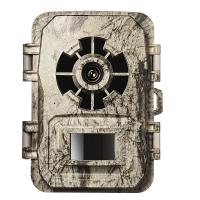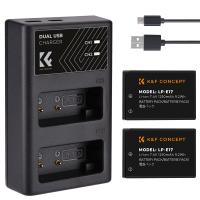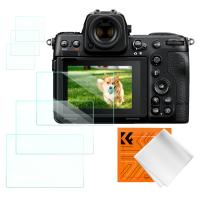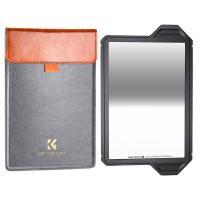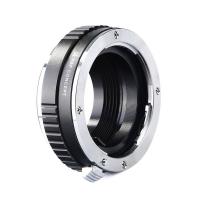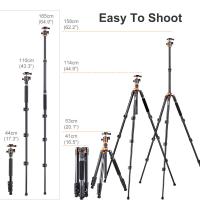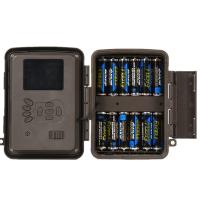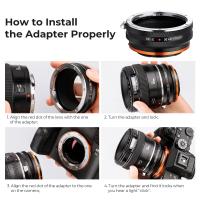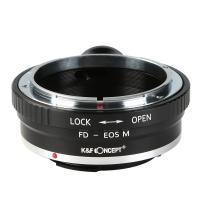How To Stabilize Monopod With Bottled Water ?
To stabilize a monopod with bottled water, you can attach the water bottle to the bottom of the monopod using a clamp or a mount. This additional weight will help counterbalance the monopod and reduce any potential shaking or wobbling. Make sure to securely fasten the water bottle to the monopod to prevent it from falling off during use.
1、 Weight Distribution: Balancing the monopod using bottled water
Weight Distribution: Balancing the monopod using bottled water
Stabilizing a monopod can be a challenge, especially in situations where you don't have access to traditional tripod legs. However, one innovative solution that has gained popularity is using bottled water to achieve weight distribution and balance.
To stabilize a monopod with bottled water, you will need a few items: a sturdy monopod, a bottle of water, and some string or a bungee cord. Here's how you can do it:
1. Attach the string or bungee cord to the top of the monopod. Make sure it is securely fastened.
2. Fill the bottle with water. The amount of water you use will depend on the weight of your camera and the stability you require. Start with a partially filled bottle and adjust as needed.
3. Attach the bottle to the other end of the string or bungee cord. Ensure that it is securely attached and won't easily detach during use.
4. Hang the bottle of water from the monopod, allowing it to hang freely. The weight of the water will help stabilize the monopod and reduce any unwanted movement.
5. Adjust the position of the bottle along the string or bungee cord to fine-tune the balance. Moving the bottle closer to the monopod will increase stability, while moving it further away will decrease stability.
Using bottled water to stabilize a monopod offers several advantages. Firstly, it is a lightweight and portable solution, making it ideal for photographers on the go. Secondly, it is easily adjustable, allowing you to customize the weight distribution based on your specific needs. Lastly, it is a cost-effective option, as bottled water is readily available and inexpensive.
However, it is important to note that this method may not provide the same level of stability as a traditional tripod. Factors such as wind, uneven surfaces, and the weight of your camera equipment can still affect the stability of the monopod. Therefore, it is recommended to use this method in conjunction with proper handholding techniques and caution.
In conclusion, stabilizing a monopod with bottled water can be an effective solution for achieving weight distribution and balance. It offers portability, adjustability, and affordability. However, it is important to consider the limitations and use this method in conjunction with other stabilization techniques for optimal results.
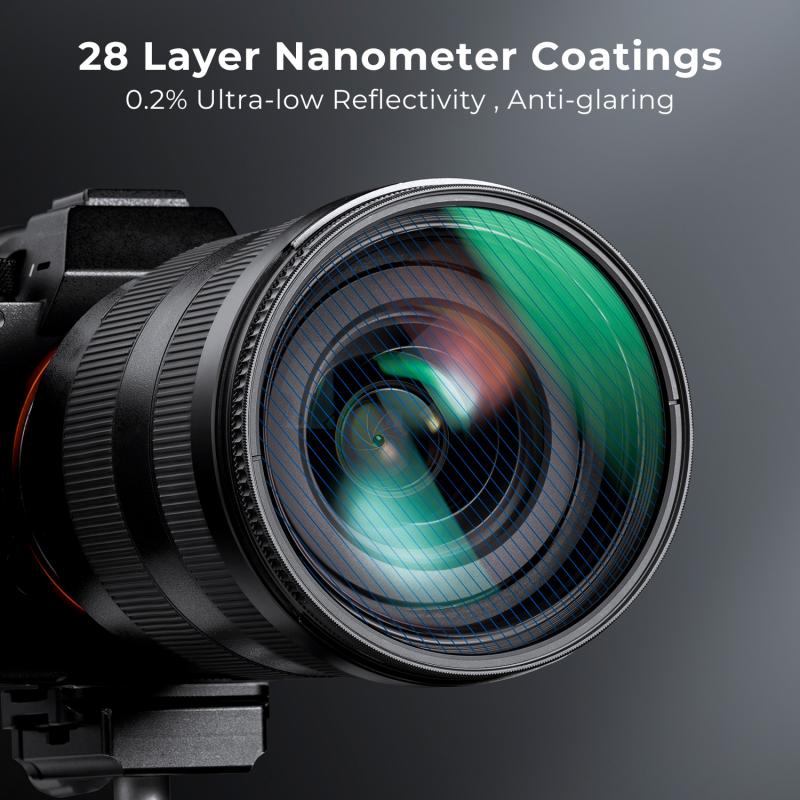
2、 Counterweight Technique: Using bottled water to stabilize a monopod
Counterweight Technique: Using bottled water to stabilize a monopod
One effective technique to stabilize a monopod is by using a counterweight, and a readily available option for this is bottled water. This technique involves attaching a bottle of water to the bottom of the monopod to provide stability and balance.
To stabilize a monopod with bottled water, follow these steps:
1. Choose an appropriate bottle: Select a plastic bottle of water that is full and tightly sealed. The size of the bottle will depend on the weight and length of your monopod. A larger bottle will provide more stability, but it may also add more weight to your setup.
2. Attach the bottle: Securely attach the bottle to the bottom of the monopod. You can use a rubber band, Velcro strap, or any other suitable fastening method. Make sure the attachment is tight and secure to prevent the bottle from falling off during use.
3. Adjust the position: Position the bottle in a way that it hangs straight down from the monopod. This will help maintain balance and stability. You can experiment with different positions to find the most effective one for your specific setup.
4. Test and adjust: Once the bottle is attached, test the stability of your monopod by extending it to its full height. If it feels unsteady, try adjusting the position of the bottle or using a different size or weight of water bottle.
The counterweight technique using bottled water is a simple and cost-effective way to stabilize a monopod. It can be particularly useful in situations where you need to capture steady shots or when shooting in windy conditions. However, it's important to note that this technique may not provide the same level of stability as a tripod, especially for heavier camera setups.
As with any stabilization technique, it's always a good idea to practice and experiment to find the best solution for your specific needs.
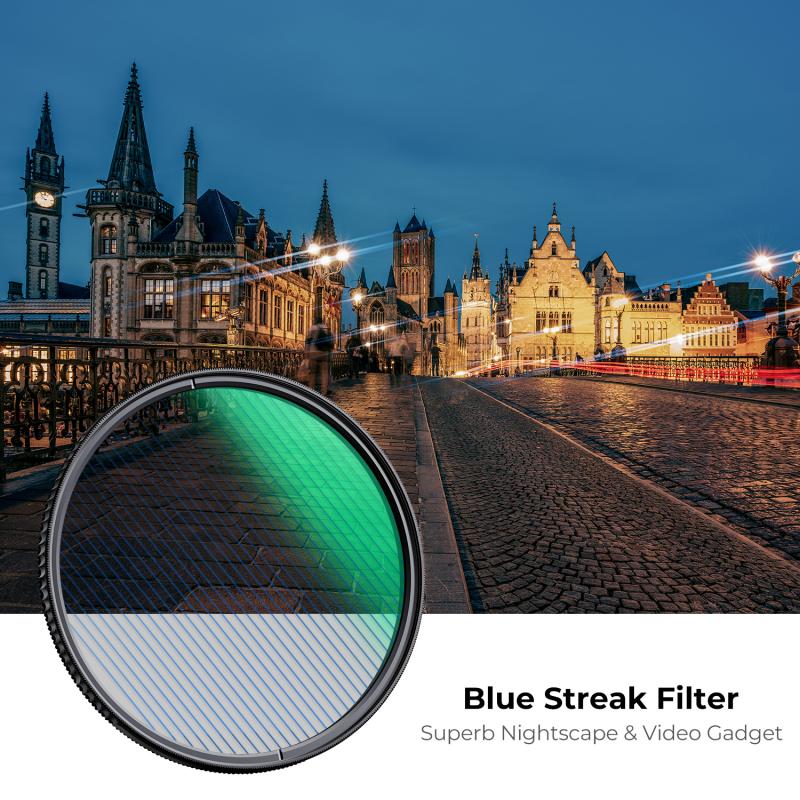
3、 Water Bottle Attachment: Securing a water bottle to a monopod for stability
Water Bottle Attachment: Securing a water bottle to a monopod for stability
Using a water bottle to stabilize a monopod is a simple yet effective technique that can greatly improve the stability of your camera or device. Here's how you can easily attach a water bottle to your monopod:
1. Choose the right water bottle: Opt for a sturdy water bottle with a flat bottom. A bottle made of durable plastic or metal would be ideal.
2. Prepare the attachment: Start by creating a hole in the bottom of the water bottle. You can use a sharp knife or a heated object like a soldering iron to melt a hole. Ensure that the hole is just big enough to fit the monopod's tip snugly.
3. Attach the water bottle: Once the hole is ready, slide the monopod's tip through it. Make sure the bottle is positioned securely and tightly against the monopod.
4. Secure the water bottle: To prevent the water bottle from sliding off, you can use a rubber band or a zip tie to fasten it to the monopod. This will provide additional stability and prevent any accidental detachment.
5. Fill the water bottle: Fill the bottle with water until it reaches a suitable level. The amount of water you add will depend on the weight and stability you desire. Experiment with different levels to find the right balance.
6. Adjust and stabilize: Extend the monopod to your desired height and adjust the camera or device accordingly. The added weight of the water bottle will help counterbalance any potential shaking or movement, providing a more stable shooting experience.
It's important to note that this method may not be suitable for all situations. Factors such as wind, uneven surfaces, or excessive movement may still affect stability. Additionally, always ensure that the water bottle is securely attached and won't pose any risk of falling or causing damage.
In conclusion, attaching a water bottle to a monopod can be an effective way to stabilize your camera or device. It's a cost-effective solution that can provide added stability and improve the quality of your shots.

4、 Hydrostatic Stability: Leveraging water's properties to stabilize a monopod
Hydrostatic Stability: Leveraging water's properties to stabilize a monopod
Stabilizing a monopod can be a challenge, especially in situations where you don't have access to traditional tripod legs. However, one innovative solution is to leverage the properties of water to create hydrostatic stability. By using bottled water as a counterweight, you can significantly improve the stability of your monopod.
Here's how you can stabilize a monopod with bottled water:
1. Attach a sturdy hook or carabiner to the bottom of your monopod. This will serve as the anchor point for the bottled water.
2. Fill a plastic bottle with water. The size of the bottle will depend on the weight and stability you require. A larger bottle will provide more stability, but it may also be bulkier to carry.
3. Attach the filled bottle to the hook or carabiner at the bottom of the monopod. Make sure it is securely fastened to prevent any accidental detachment.
4. Extend the monopod to your desired height and angle. The weight of the water-filled bottle will act as a counterbalance, providing stability to the monopod.
5. Adjust the position of the bottle along the monopod to fine-tune the stability. Moving the bottle higher or lower can help you find the optimal balance point.
The hydrostatic stability provided by the water-filled bottle helps to minimize vibrations and movements, resulting in sharper and more stable images or videos. It is important to note that this method may not provide the same level of stability as a traditional tripod, especially in windy conditions or when using heavy camera equipment. However, it can be a practical and lightweight solution for situations where a tripod is not available or practical to use.
As with any stabilization technique, it is always recommended to test and adjust the setup to ensure optimal stability and safety.
